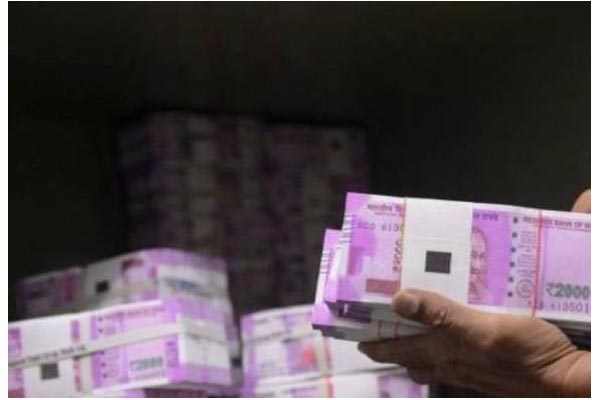That belies the hope of the government that a “windfall gain” or Rs 3 lakh crore to Rs 5 lakh crore would accrue to by not showing up in the banking system, thus extinguishing the RBI’s liability on this count.
Some money is expected to come through the recently launched Pradhan Mantri Garib Kalyan Deposit Scheme — the window is open until March 31, 2017 — but that too is a doubtful since old notes would not be accepted by banks after December 30. All the black money held would necessarily be in the old currency.
On the other hand, the exact amount of fresh or valid banknotes the central bank has put into circulation after November 8 has also not been updated lately or adequately.
On December 18, Revenue Secretary Shaktikanta Das said Rs 5.50 lakh crore of fresh currency was infused in the markets. This is only 35.6 per cent the spiked currency. But he did not give the break-up of Rs 2,000 and Rs 500 notes, something similar to what RBI had done when giving information on new currency.
By the last day of the year, the government has promised to supply Rs 6-6.5 lakh crore in currency value in the market, meaning cash woes may continue for some more time amid fears that the country’s GDP may also take a hit.
Over the weeks, the nationalistic packaging of the move has given way to a rhetoric of making India a cashless economy. The government, of late, said the decision will pave the way to turn India into a cashless economy, making people use trackable and taxable transactions.
The move definitely widened India’s digital economic grid as millions, including wayside vendors, were forced to transact through the virtual world.
But is it possible to turn the economy into a digital one so fast? Perhaps not. And definitely not immediately. India is an incredibly huge cash-centric economy where, according to former Prime Minister Manmohan Singh, more than 600 million people in small towns or villages have no access to banks.
But the move has admirers who see gains in the long term. Many said it would initiate a structural change in the Indian economy, increasing transparency. A less-cash economy helps nip black money at the generation level, a few commentators said.
Despite the cheerleaders, the government may have got bitten twice over — GDP growth slowed down and small-time workers and farmers suffered losses due to the cash crunch.
Modi, in an interview to the India Today weekly, called the demonetisation move a “difficult” but apolitical decision that carried political risks not only for him but for the BJP as well.
The real political test comes early next year when polls to five assemblies, including in a crucial state, Uttar Pradesh, are expected. The results would determine how the gamble Modi took in November would turn out.
























